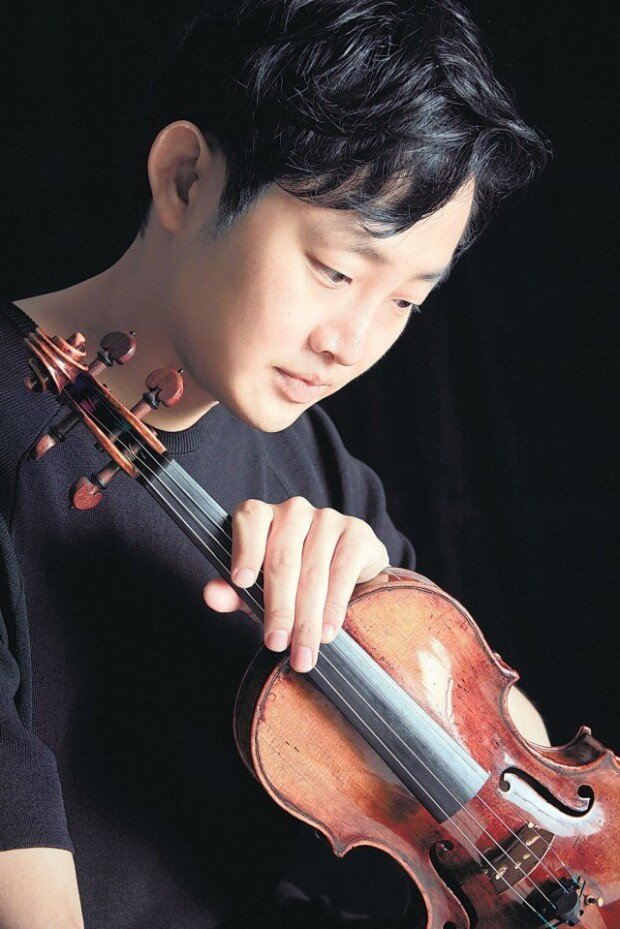Kim Jae-young to perform Brahms sonatas in Seoul Arts Center
Kim Jae-young to perform Brahms sonatas in Seoul Arts Center
Posted October. 12, 2021 07:18,
Updated October. 12, 2021 07:18

For South Korean violinist Kim Jae-young, the latter half of 2021 is the season of Brahms. On Friday, Kim will perform the three violin sonatas of Brahms at IBK Chamber Hall with Ilya Rashkovskiy, a pianist, and a professor at Sungshin Women’s University. In August, the Novus Quartet, a group led by the violinist, played the entire string quartet of Brahms in “Classic Revolution 2021” hosted by Lotte Concert Hall. On Friday, Kim Jae-young collaborated with Ulsan Philharmonic Orchestra led by Conductor Jee Joong-bae. The Dong-A Ilbo had a phone call interview with him.
- For classical music fans, Brahms is often associated with autumn. What do you think of this perception?
“Brahms was born in Hamburg, a cloudy and windy city in the northern part of Germany. His works often express rather dark and reserved emotions. The depth in melody and the richness of chords are the signatures of Brahms. People in Germany where he was born do not necessarily link him with autumn sentiment, but I think there must be reasons why fans consider him as the musician of autumn.”
- Among the three violin sonatas, which do you think goes well with the atmosphere of autumn?
“I think the dark and lonely sentiment of No. 3 is quite suitable for autumn. The other two are also suitable for the season thanks to their distinctive melody lines.”
- What meaning do you think it bears for a performer to play the three sonatas in a single day?
“While Brahms’ violin concerto is technically brilliant, his sonatas tell the deeper stories of his own. It is important to understand his mind and his harmonic characteristics.”
- Why is the order of the sonatas “2-1-3” this time?
“I put No. 2 in the first place as I thought its “impression” is suitable for an opening to greet the audience and “introduce” myself. No. 1 is my personal favorite, so I put it in the middle to highlight its heavy presence. No. 3 is flashy and long, making it the right candidate for capping off the ceremony.”
- “What type of Brahms” should the audience expect this time?
“I don’t think Brahms should necessarily be heavy and thick all the time. The three sonatas have beautiful melodies, and they are more down-to-earth compared to his other works. But they are also very personal at the same time, so they require a lot of studies into his innate mentality. My effort will be made towards getting closer to the essence of Brahms instead of revealing myself.”
gustav@donga.com







